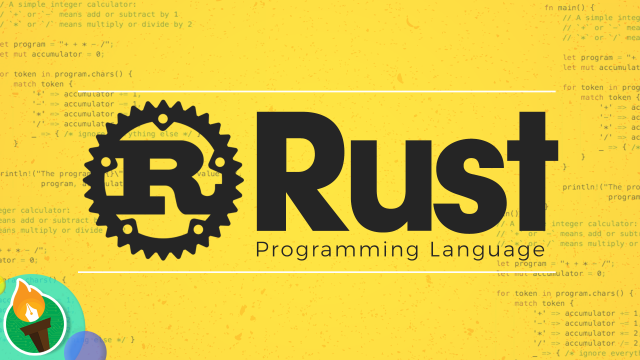原文:https://course.rs/basic/method.html
目录
定义方式
struct Circle {
x: f64,
y: f64,
radius: f64,
}
impl Circle {
// new是Circle的关联函数,因为它的第一个参数不是self,且new并不是关键字
// 这种方法往往用于初始化当前结构体的实例
fn new(x: f64, y: f64, radius: f64) -> Circle {
Circle {
x: x,
y: y,
radius: radius,
}
}
// Circle的方法,&self表示借用当前的Circle结构体
fn area(&self) -> f64 {
std::f64::consts::PI * (self.radius * self.radius)
}
}
#[derive(Debug)]
struct Rectangle {
width: u32,
height: u32,
}
impl Rectangle {
// 我们使用 &self 替代 rectangle: &Rectangle,&self 其实是 self: &Self 的简写(注意大小写)
fn area(&self) -> u32 {
self.width * self.height
}
}
fn main() {
let rect1 = Rectangle { width: 30, height: 50 };
println!(
"The area of the rectangle is {} square pixels.",
rect1.area()
);
}
self、&self 和 &mut self
self 依然有所有权的概念:
self表示Rectangle的所有权转移到该方法中,这种形式用的较少&self表示该方法对Rectangle的不可变借用&mut self表示可变借用
方法名可以跟结构体字段名相同
在 Rust 中,允许方法名跟结构体的字段名相同:
impl Rectangle {
fn width(&self) -> bool {
self.width > 0
}
}
fn main() {
let rect1 = Rectangle {
width: 30,
height: 50,
};
if rect1.width() {
println!("The rectangle has a nonzero width; it is {}", rect1.width);
}
}
一般来说,方法跟字段同名,往往适用于实现 getter 访问器,例如:
pub struct Rectangle {
width: u32,
height: u32,
}
impl Rectangle {
pub fn new(width: u32, height: u32) -> Self {
Rectangle { width, height }
}
pub fn width(&self) -> u32 {
return self.width;
}
}
fn main() {
let rect1 = Rectangle::new(30, 50);
println!("{}", rect1.width());
}
我们可以把 Rectangle 的字段设置为私有属性,只需把它的 new 和 width 方法设置为公开可见。
当使用 object.something() 调用方法时,Rust 会自动为 object 添加 &、&mut 或 * 以便使 object 与方法签名匹配。也就是说,这些代码是等价的:
p1.distance(&p2); (&p1).distance(&p2);
带有多个参数的方法
impl Rectangle {
fn area(&self) -> u32 {
self.width * self.height
}
fn can_hold(&self, other: &Rectangle) -> bool {
self.width > other.width && self.height > other.height
}
}
fn main() {
let rect1 = Rectangle { width: 30, height: 50 };
let rect2 = Rectangle { width: 10, height: 40 };
let rect3 = Rectangle { width: 60, height: 45 };
println!("Can rect1 hold rect2? {}", rect1.can_hold(&rect2));
println!("Can rect1 hold rect3? {}", rect1.can_hold(&rect3));
}
关联函数
定义在 impl 中且没有 self 的函数被称之为关联函数,相当于其他语言中的static方法。
impl Rectangle {
fn new(w: u32, h: u32) -> Self {
Rectangle { width: w, height: h }
}
}
Rust 中有一个约定俗成的规则,使用 new 来作为构造器的名称,出于设计上的考虑,Rust 特地没有用 new 作为关键字
因为是函数,所以不能用 . 的方式来调用,我们需要用 :: 来调用
多个 impl 定义
impl Rectangle {
fn area(&self) -> u32 {
self.width * self.height
}
}
impl Rectangle {
fn can_hold(&self, other: &Rectangle) -> bool {
self.width > other.width && self.height > other.height
}
}
为枚举实现方法
#[derive(Debug)]
enum TrafficLightColor {
Red,
Yellow,
Green,
}
// 为 TrafficLightColor 实现所需的方法
impl TrafficLightColor {
fn color(&self) -> &str {
match self {
Self::Yellow => "yellow",
_ => ""
}
}
}
fn main() {
let c = TrafficLightColor::Yellow;
assert_eq!(c.color(), "yellow");
println!("{:?}",c);
}
注意,assert_eq! 的两个参数 String和&str 可以互相比较。
